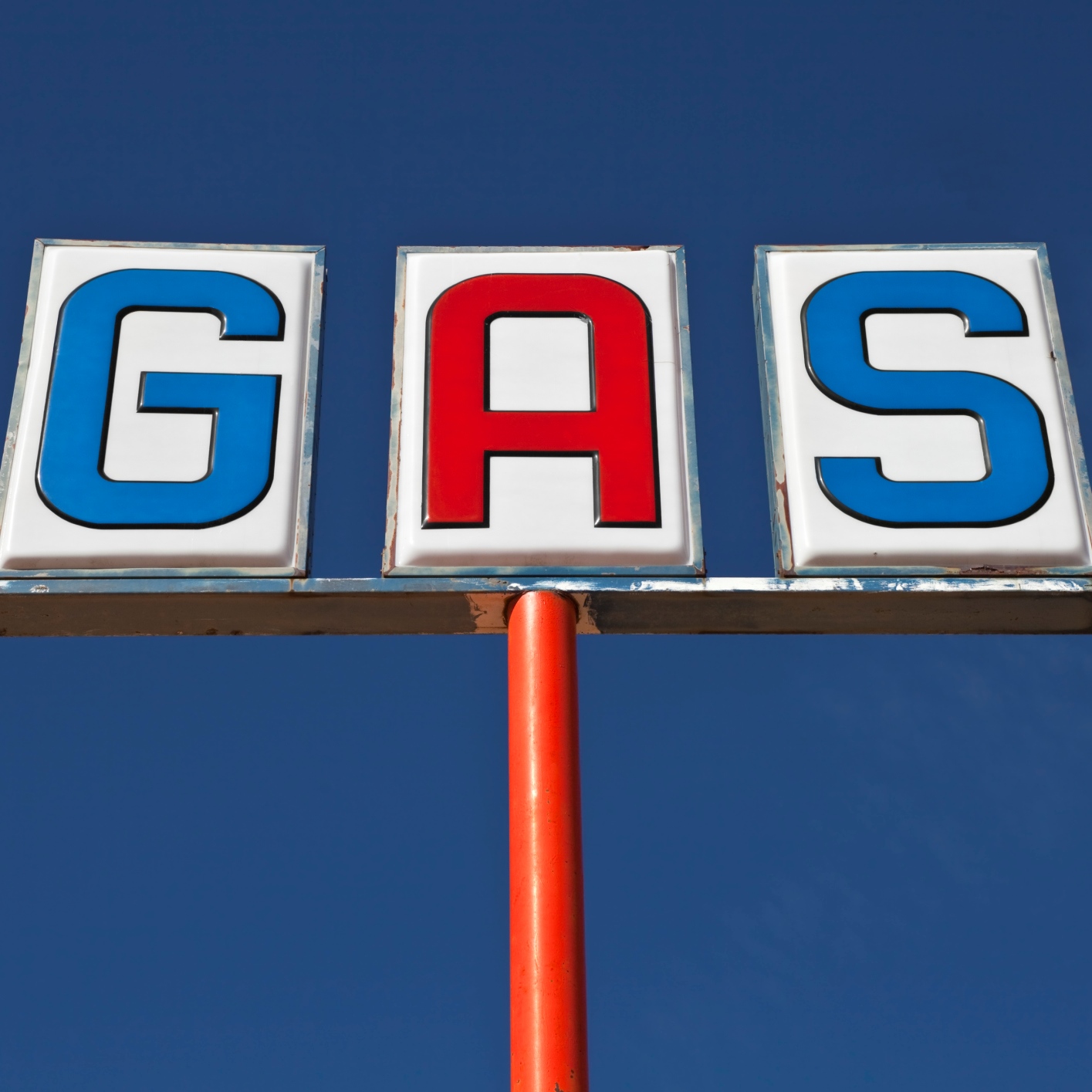
A few things will need to happen for oil to reach and hold $60 a barrel, as it has started its march in that direction and recently jumped above $54. The new OPEC deal, largely supported by many other producing nations, will need to hold. U.S. shale production cannot pick up too quickly. The signs of a global economic rebound cannot be interrupted.
On top of all that, the IEA Oil Market Report forecasts a drop in petroleum reserves early next year. What this means is that $60 oil prices are not just possible, but likely. With $60 oil, comes $3 a gallon gasoline.
Gas was last at $3 in mid-2014, based on the price of a gallon of regular. It rallied again in late 2015, but fell short by a few cents. During much of that time, oil traded north of $50, and during some of the period $60 or better. As far as gas prices are concerned, seasonality played a part. Memorial Day and Labor Day had their traditional spikes.
Gas prices based on a nationwide average have hovered around $2.30 recently. As is always the case, the price in certain parts of California and Hawaii is already at or near $3. In states close to the Gulf of Mexico and the Houston refineries, the price is below $2. In Texas, the average price for gallon of regular is $1.92.
Among the factors that drive gas prices are state taxes and levies. Traditionally, these rarely change. Nationwide, the average rate per state is about $0.50 a gallon. State legislatures had their best chance to raise those taxes when gas was below $2 in most states and consumers would not be terribly affected. Only New Jersey made an increase, a steep one at $0.23.
The other primary trigger of higher gas prices is refinery production, which occasionally goes on and off line for refitting and repair. From time to time, refinery or pipeline accidents push gas prices higher as well.
Leaving aside all factors other than oil, an increase is still enough to lift gas prices above $3 sometime early next year.
Travel Cards Are Getting Too Good To Ignore (sponsored)
Credit card companies are pulling out all the stops, with the issuers are offering insane travel rewards and perks.
We’re talking huge sign-up bonuses, points on every purchase, and benefits like lounge access, travel credits, and free hotel nights. For travelers, these rewards can add up to thousands of dollars in flights, upgrades, and luxury experiences every year.
It’s like getting paid to travel — and it’s available to qualified borrowers who know where to look.
We’ve rounded up some of the best travel credit cards on the market. Click here to see the list. Don’t miss these offers — they won’t be this good forever.
Thank you for reading! Have some feedback for us?
Contact the 24/7 Wall St. editorial team.




